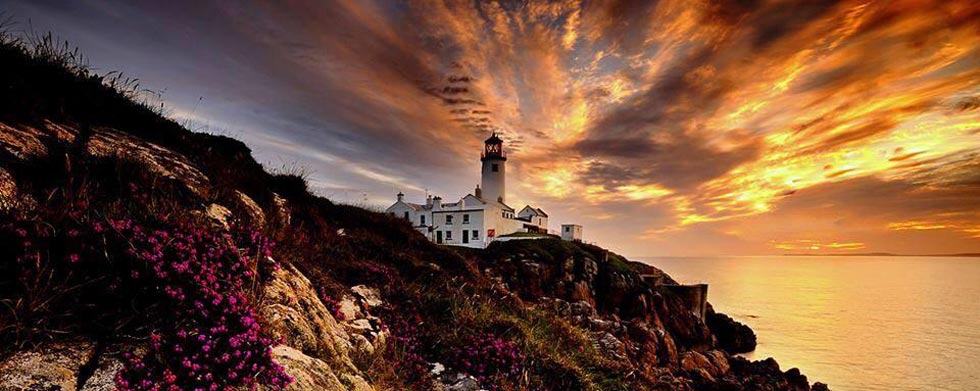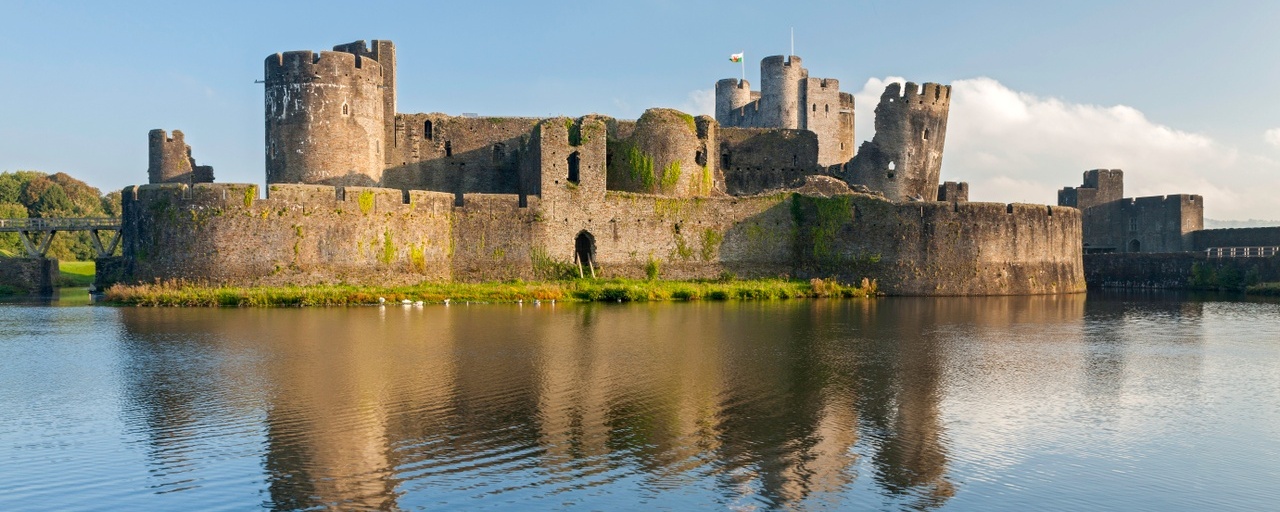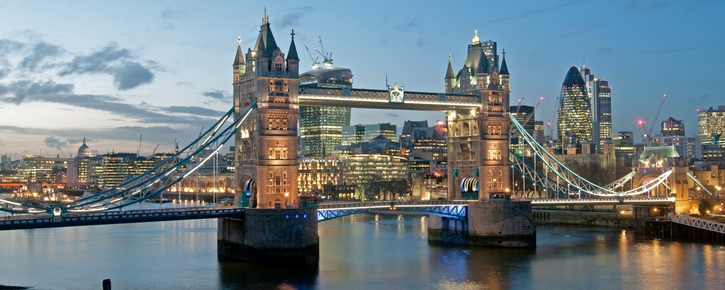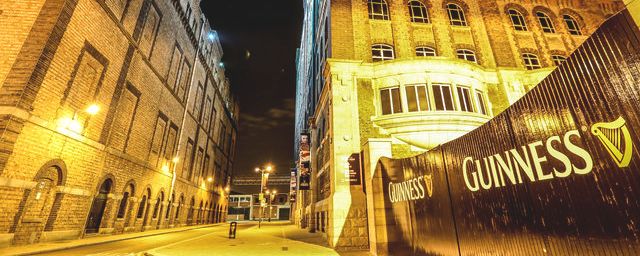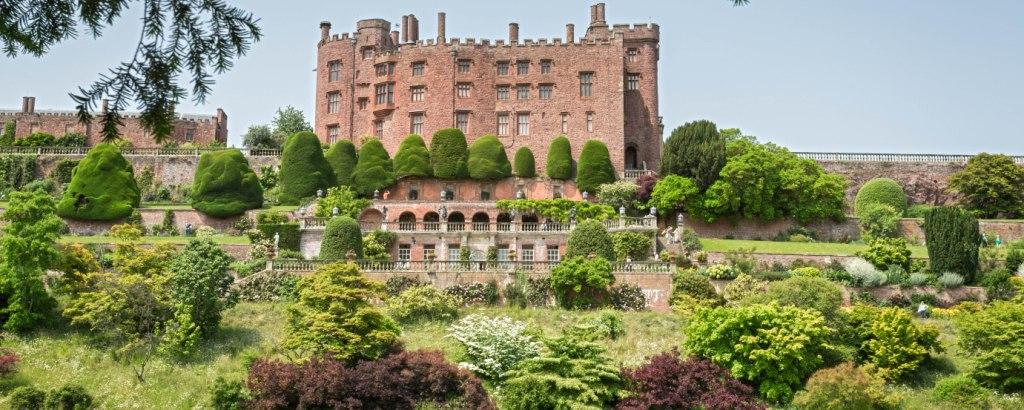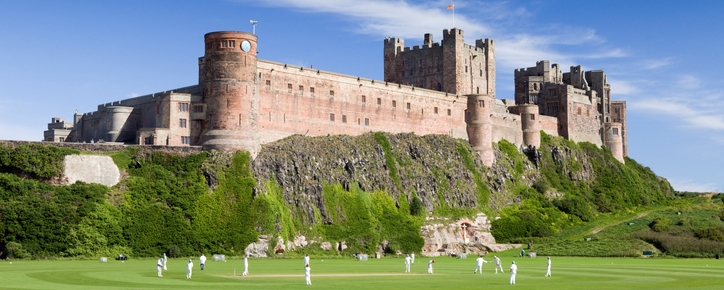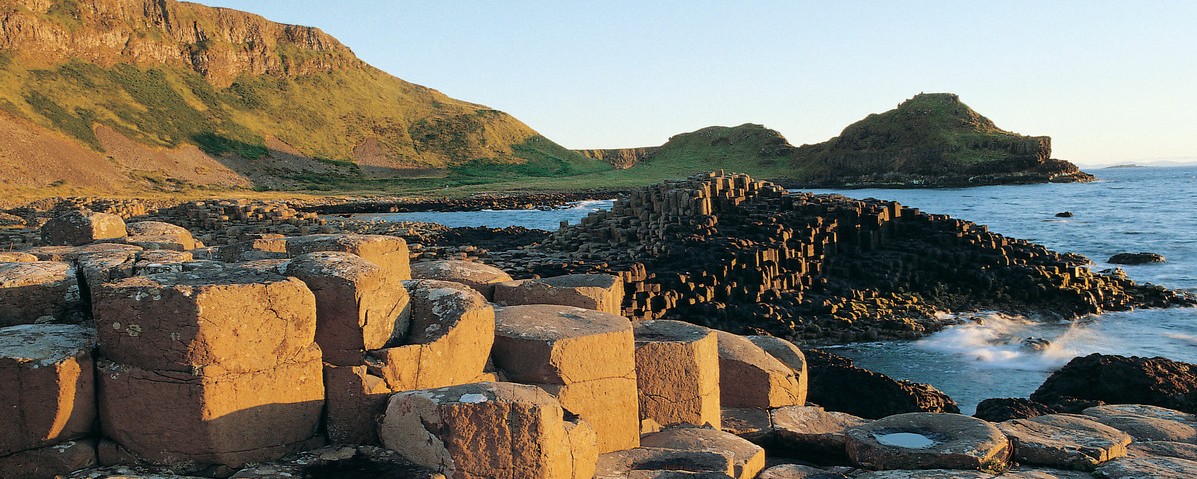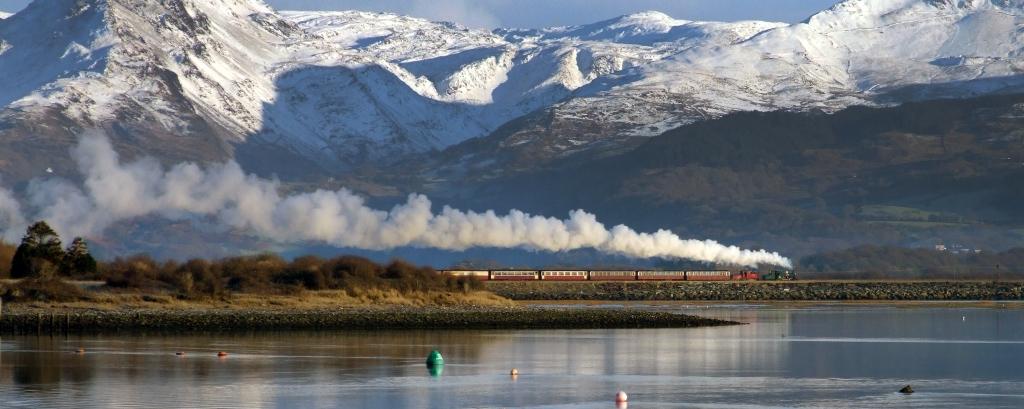In the steps of the Celtic saints: a Scottish pilgrimage
We were delighted to create a tailor-made itinerary for a church group from California this spring, following St Cuthbert’s Way – one of Scotland’s greatest walking trails, which stretches for 63 miles through the Scottish Borders to Lindisfarne in the north of England. The tour also included visits to Iona – the birthplace of Christianity in Scotland, and the World Heritage city of Durham, final resting place of St Cuthbert.
 All set for a pilgrimage along St Cuthbert’s Way
All set for a pilgrimage along St Cuthbert’s Way
The pilgrimage began at Melrose in the Scottish Borders, where St Cuthbert started his religious life in 650AD. St Cuthbert’s Way is one of the most beautiful, varied and enjoyable long distance walking routes in Britain and there was an air of anticipation as the group set off from historic Melrose Abbey.
 Preparing to leave from Melrose Abbey
Preparing to leave from Melrose Abbey
Experienced tour leaders, Neil and Gareth, were on hand from the very beginning to guide our group of 20 pilgrims on their journey. There was a wide range of ages and abilities and Neil and Gareth ensured that everyone was able to enjoy the tour to the utmost, offering help where needed and motivating the group on the seven-day hike.

Walking St Cuthbert’s Way

 Time for a rest…
Time for a rest…
 ...and some lunch!
...and some lunch!
Walking an average of eight to ten miles a day, the group was able to enjoy the rolling countryside, passing through fields and woods, up and down hills and along pretty valleys. One of the most famous landmarks along the route is St. Cuthbert’s Cave, an overhanging outcrop of sandstone rock, supported by an isolated pillar of stone. It is reputed that the monks of Lindisfarne brought St. Cuthbert’s body to rest here for a short period in 875AD following Viking raids on the Holy Island of Lindisfarne, and the subsequent abandonment of the Saxon monastery there.
 The wonderful countryside of St Cuthbert's Way
The wonderful countryside of St Cuthbert's Way
The final stage of St Cuthbert’s Way is three miles across the sands at low tide along the Pilgrim’s Causeway to the remarkable island of Lindisfarne, which is also known as Holy Island. This really is one of the most spiritual and emotive places in Britain and at the end of their long walk, the group was able to reflect on the experience and to give thanks.
 Crossing the Pilgrim’s Causeway to Lindisfarne
Crossing the Pilgrim’s Causeway to Lindisfarne
Surrounded by wild coastal beauty and little changed from the time when Vikings raided its shores, Lindisfarne has long been a place of religious settlement and pilgrimage. With a recorded history dating back to the 6th century, Holy Island was an important centre of Celtic Christianity, and was originally home to a monastery and abbey, which were destroyed during the Viking invasions. The raid on Lindisfarne in 793AD is often recognised as the start of the Viking Age.
 A time for prayer and reflection on Lindisfarne
A time for prayer and reflection on Lindisfarne
Leaving Lindisfarne, the group made its way to the UNESCO World Heritage city of Durham, with its magnificent cathedral. As well as being the site of St Cuthbert's Shrine, the cathedral is a treasure trove of historic manuscripts and ancient relics. The grave of the Venerable Bede, probably the very first historian of England, is also at Durham Cathedral.
 Magnificent Durham Cathedral
Magnificent Durham Cathedral
In his lifetime, Cuthbert (635-687AD) was an influential churchman who was Prior of Melrose and then of Lindisfarne. He was a venerated religious figure, and a successful preacher who was responsible for the spread of Christianity in the North of England. After his death, his grave in Lindisfarne, and the places to which his body was subsequently moved – Chester le-Street and Ripon – became the greatest focus of pilgrimage in early medieval England. Cuthbert’s body has been in Durham since 995AD and his shrine is still a popular destination for pilgrims.
 Discovering the history of Durham Cathedral
Discovering the history of Durham Cathedral
The next stop for the group was Glasgow, Scotland’s second city, before heading to the beautiful island of Iona to complete the pilgrimage. Renowned for its culture, style and the friendliness of its people, Glasgow has countless impressive Victorian buildings and there are a number of unique masterpieces by one of the city’s most celebrated sons, the legendary architect and designer Charles Rennie Mackintosh.
 Loch Lomond on the edge of the Scottish Highlands
Loch Lomond on the edge of the Scottish Highlands
Beginning the journey to Iona, the group travelled north along the 'bonnie, bonnie banks of Loch Lomond' and through The Trossachs National Park. Arriving in Oban 'the Gateway to the Isles', there was time to explore the busy port with its pleasant harbour and promenade.
 Iona and its famous abbey
Iona and its famous abbey
Departing early the next day, the pilgrims took the ferry to the dramatic Isle of Mull and, crossing the island, a smaller ferry across the Sound of Iona to their final destination. A beautiful island forming part of the Inner Hebrides, Iona is famous for its abbey, which was a centre of Celtic monasticism for three centuries and is now a haven for spiritual retreats. One of Scotland’s hidden gems – it should be on everyone’s bucket list!
 Iona Abbey
Iona Abbey
After two nights at St Columba Hotel on the island, the group set off on the return journey to Glasgow and their flight home. There was just time to enjoy a magical cruise on Loch Lomond along the way!
 Enjoying a cruise on Loch Lomond
Enjoying a cruise on Loch Lomond
The pilgrims were thoroughly delighted with their two-week tour and heaped praise on guides Neil and Gareth. One person said, “Neil Redler and our guide Gareth were the kindest, most gracious, entertaining and patient men imaginable”. Another that the guides “helped make the pilgrimage easier by your care and gentle kindness”.
 A fond farewell from Loch Lomond!
A fond farewell from Loch Lomond!
If you or your group would like to enjoy your own tailor-made pilgrimage along St Cuthbert’s Way, or indeed one of the many other pilgrim routes in the United Kingdom, please do contact our friendly team today. Perhaps you would just like to enjoy a walking tour, or a driver guided tour of Scotland and its magnificent landscape? Whatever your preference, we can help!
All photos by Neil Redler.


